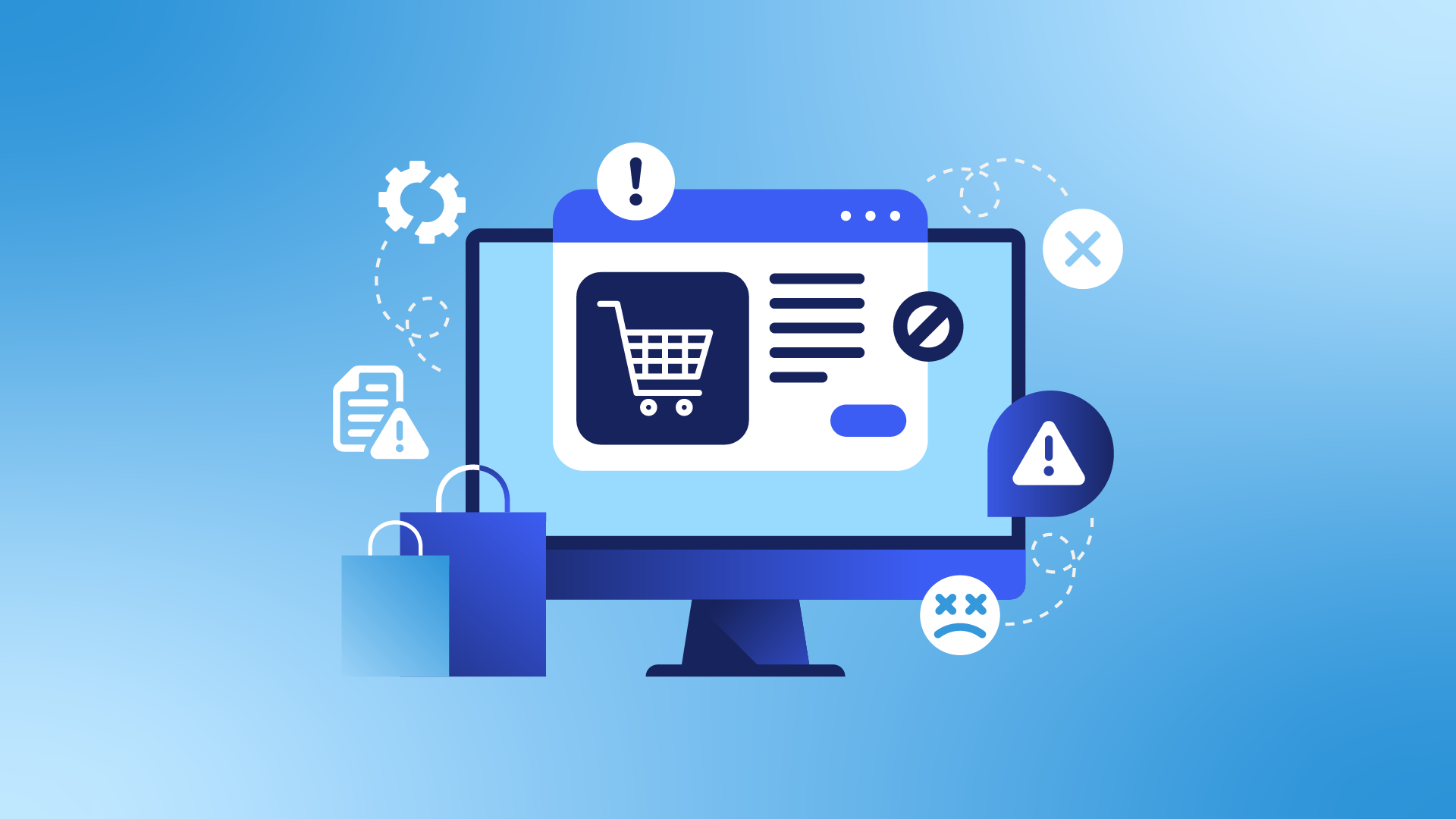Business
Common Pitfalls in Shopify Plus Development and How to Avoid Them
Published
3 months agoon
By
Prime Star
The enterprise e-commerce landscape has fundamentally shifted. Where once a basic storefront sufficed, today’s digital-first economy demands platforms that can scale with precision, adapt to market volatility, and deliver experiences that convert browsers into loyal customers. Shopify Plus has emerged as the platform of choice for ambitious brands, yet the path to successful implementation remains fraught with strategic missteps that can derail even the most well-funded initiatives.
Having observed countless organizations navigate this terrain, the patterns of failure are remarkably consistent. The difference between those who thrive and those who merely survive often comes down to avoiding a handful of critical pitfalls that, while seemingly technical in nature, have profound business implications.
The Architecture Trap: Building for Today, Not Tomorrow
The most expensive mistake executives make is treating Shopify Plus as a quick-fix solution rather than a strategic platform investment. This shortsighted approach manifests in rushed implementations that prioritize immediate functionality over long-term scalability.
Consider the typical scenario: a growing brand experiencing server crashes during peak traffic periods decides to migrate to Shopify Plus. The immediate focus becomes replicating existing functionality as quickly as possible. Custom themes get cobbled together, third-party integrations are implemented without proper evaluation, and complex business logic gets hardcoded into templates.
This approach creates what I call “technical debt at scale.” While the immediate problem gets solved, the underlying architecture becomes increasingly brittle. When inevitable growth demands new features, integrations, or performance optimizations, the entire system requires fundamental restructuring.
Smart organizations take a different approach. They invest time upfront in understanding their long-term vision and building a foundation that can support it. This means creating modular architectures, implementing proper data governance, and establishing development practices that can scale with the business.
The Integration Illusion: Connecting Everything to Nothing
The promise of seamless integrations attracts many organizations to Shopify Plus, but the reality is far more complex. The platform’s extensive app ecosystem creates an illusion of easy connectivity that masks significant underlying challenges.
The typical enterprise operates with dozens of systems: CRM platforms, inventory management systems, accounting software, marketing automation tools, and customer service platforms. Each system has its own data model, API limitations, and operational requirements. The temptation is to solve integration challenges by simply adding more apps to the mix.
This approach inevitably creates what systems architects call “integration spaghetti.” Data flows become increasingly complex, troubleshooting becomes nearly impossible, and simple changes require modifications across multiple systems. Performance degrades as the platform struggles to manage numerous concurrent API calls, and data synchronization issues create customer experience problems.
The solution requires disciplined thinking about data architecture. Successful organizations implement a centralized integration strategy, often using middleware platforms or custom APIs that serve as a single source of truth. They prioritize real-time data synchronization over bulk updates and invest in monitoring systems that provide visibility into integration health.
The Customization Paradox: When Flexibility Becomes Rigidity
Custom Shopify Plus development offers unprecedented flexibility, but this strength can become a weakness when not properly managed. The platform’s liquid templating system and extensive API access enable virtually any customization imaginable. However, excessive customization often leads to platforms that are difficult to maintain, expensive to modify, and vulnerable to breaking changes.
The root cause is typically a misunderstanding of where customization should occur. Organizations often customize core functionality that could be handled through standard features or third-party apps. This creates unnecessary complexity and increases the risk of conflicts during platform updates.
The strategic approach involves what I call “surgical customization.” This means identifying the specific areas where custom development truly adds competitive advantage and using standard solutions everywhere else. Custom development should focus on unique business logic, proprietary integrations, and customer experience differentiators that cannot be achieved through existing solutions.
The Performance Perception Gap: Speed Versus Experience
Performance optimization represents one of the most misunderstood aspects of Shopify Plus development. Organizations often focus on technical metrics like page load times while ignoring the broader user experience implications.
The reality is that perceived performance matters more than actual performance. A page that loads in two seconds but provides immediate visual feedback feels faster than a page that loads in one second but shows a blank screen during loading. Similarly, a checkout process that requires multiple page loads but provides clear progress indicators creates less friction than a single-page checkout with poor error handling.
This perception gap leads to optimization efforts that improve technical metrics without meaningfully impacting business outcomes. Organizations invest heavily in content delivery networks, image optimization, and code minification while neglecting user experience fundamentals like progressive loading, error handling, and mobile responsiveness.
The solution requires a holistic approach to performance that considers both technical optimization and user experience design. This means implementing proper loading states, optimizing critical rendering paths, and ensuring that performance improvements translate into measurable business outcomes.
The Mobile-First Misconception: Responsive Versus Native
The mobile-first imperative has become conventional wisdom, but many organizations implement it incorrectly. The assumption that a responsive design automatically creates an optimal mobile experience leads to compromised implementations that satisfy neither mobile nor desktop users.
The challenge lies in the fundamental differences between mobile and desktop user behavior. Mobile users typically have different intent, shorter attention spans, and different interaction patterns. Simply scaling down a desktop experience rarely creates an optimal mobile experience.
Successful mobile implementations require dedicated mobile user experience design that considers the unique constraints and opportunities of mobile devices. This might involve different navigation patterns, simplified checkout flows, or mobile-specific features like one-click purchasing.
The Testing Blind Spot: Validation Versus Optimization
Quality assurance represents another area where good intentions lead to poor outcomes. Most organizations implement testing protocols that focus on functionality validation rather than performance optimization. They test whether features work but not whether they work well.
This approach misses critical issues that only emerge under real-world conditions. Load testing, user acceptance testing, and performance monitoring require different approaches than basic functionality testing. They also require ongoing attention rather than one-time validation.
The solution involves implementing comprehensive testing strategies that cover functionality, performance, user experience, and business outcomes. This includes automated testing for regression prevention, load testing for scalability validation, and user testing for experience optimization.
The Data Strategy Deficit: Information Versus Intelligence
Perhaps the most significant missed opportunity involves data strategy. Shopify Plus provides extensive analytics capabilities, but most organizations use these tools reactively rather than strategically. They track metrics without understanding their implications or optimizing for outcomes that don’t align with business objectives.
The strategic approach involves defining clear success metrics upfront and implementing measurement systems that provide actionable insights. This means going beyond basic conversion tracking to understand customer behavior patterns, identify optimization opportunities, and measure the impact of changes over time.
Building for Sustainable Success
The path to Shopify Plus success requires thinking beyond immediate technical requirements to long-term strategic objectives. This means building platforms that can evolve with changing business needs, implementing development practices that support continuous improvement, and creating organizational capabilities that can maximize platform potential.
Success in this environment demands a different approach to platform development. It requires treating technology decisions as business investments and evaluating options based on their ability to support long-term growth rather than short-term functionality.
Organizations that master this approach create sustainable competitive advantages that compound over time. They build platforms that become more valuable as they scale and develop capabilities that enable rapid response to market opportunities.
The difference between success and failure often comes down to partnering with development teams that understand these nuances and can navigate the complex tradeoffs involved in enterprise platform development. Devsinc specializes in helping organizations avoid these common pitfalls and build Shopify Plus implementations that drive sustainable growth and competitive advantage.
You may like


Why Companies Worldwide Are Hiring Power BI Developers

Experience Pure Android Gameplay with MuMuPlayer Emulator

A Guide To Solar PV For Homeowners

How to Convert a Historic Building into a Hotel: a 2025 Guide

How You Can Integrate AI into Your Small Business For Faster Growth

File Recovery on Android: Myths vs. Facts

Cooler, Safer, Clearer: Why Quality Window Tint Is a Smart Upgrade in 2025

How Medium-Sized Businesses Actually Handle Their Books

Best Travel Vacuum Bags: Pack More and Worry Less with Vacbird Storage Bags

Start Your Morning Right: The Real Benefits of Himalayan Pink Salt and Lemon Water

Carol Kirkwood’s Journey: Her Real Age, Husband, Career, and More

Revolutionizing Healthcare: The Emergence of AI-Driven Analytics

How Machine Learning and AI are Redefining the Future?

Aliza Barber: Meet Lance Barber’s Wife, Age, Life, Profile, Career and Net Worth

Evelyn Melendez: Jordan Knight’s Wife Bio, Marriage, Family, Career and Net Worth

Ilan Tobianah Biography: Family, Marriage, Lifestyle, Career and Net Worth

Who was Alice Marrow? Everything to Know About Ice-T’s and His Mother

King Von’s Autopsy Report: The Truth Behind the Tragic Death

Meet Otelia Cox: The Supportive Wife of Tony Cox – A True Fairy Tale Romance

Tea Leoni and Tim Daly Split – A Closer Look at Their Relationship and Breakup

Why Companies Worldwide Are Hiring Power BI Developers

Experience Pure Android Gameplay with MuMuPlayer Emulator

A Guide To Solar PV For Homeowners

How to Convert a Historic Building into a Hotel: a 2025 Guide

How You Can Integrate AI into Your Small Business For Faster Growth

File Recovery on Android: Myths vs. Facts

Cooler, Safer, Clearer: Why Quality Window Tint Is a Smart Upgrade in 2025

How Medium-Sized Businesses Actually Handle Their Books

Best Travel Vacuum Bags: Pack More and Worry Less with Vacbird Storage Bags

Start Your Morning Right: The Real Benefits of Himalayan Pink Salt and Lemon Water
Category
Trending
-

 News3 months ago
News3 months agoCarol Kirkwood’s Journey: Her Real Age, Husband, Career, and More
-

 Health2 years ago
Health2 years agoRevolutionizing Healthcare: The Emergence of AI-Driven Analytics
-

 Technology2 years ago
Technology2 years agoHow Machine Learning and AI are Redefining the Future?
-

 Celebrity2 years ago
Celebrity2 years agoAliza Barber: Meet Lance Barber’s Wife, Age, Life, Profile, Career and Net Worth
